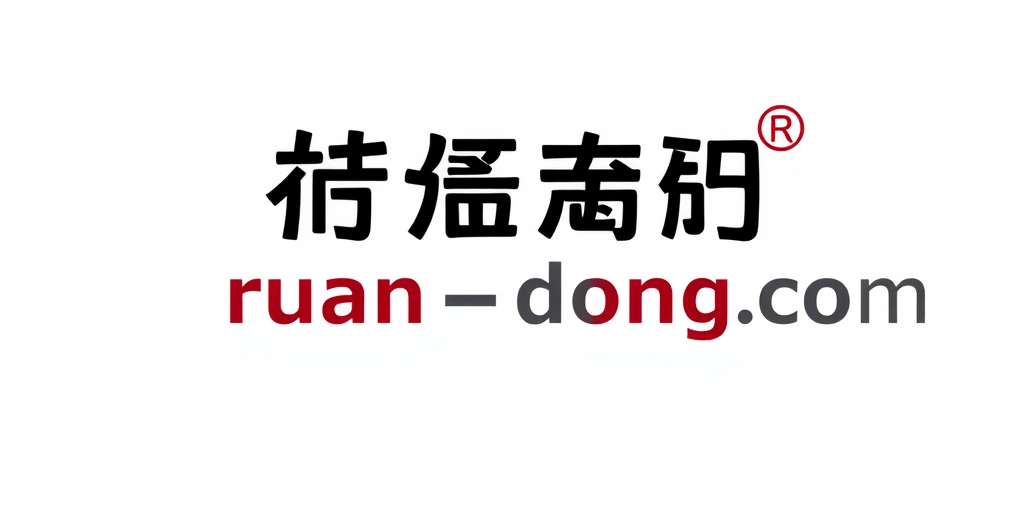StakeStone: Secure and Profitable Crypto Staking Platform Explained
In the rapidly evolving landscape of cryptocurrencies, staking has emerged as a popular method for investors to earn passive income. StakeStone is one of the platforms that has gained traction, offering users a secure and profitable way to stake their digital assets StakeStone. In this article, we will explore what StakeStone is, how it works, its key features, advantages, disadvantages, and answer some frequently asked questions.
What is StakeStone?
StakeStone is a crypto staking platform that allows users to earn rewards by participating in the staking process of various cryptocurrencies. Staking involves holding a certain amount of cryptocurrency in a wallet to support the operations of a blockchain network. In return for this support, users receive rewards, typically in the form of additional cryptocurrency.
StakeStone aims to simplify the staking process for both beginners and experienced investors. The platform supports a variety of cryptocurrencies and provides users with a user-friendly interface, making it easier to manage their staking activities.
How Does StakeStone Work?
StakeStone operates on a straightforward model. Users create an account on the platform and can deposit their cryptocurrencies into the staking wallet. Once deposited, users can select the specific cryptocurrencies they want to stake. Here’s a step-by-step overview of how the platform works:
1. Creating an Account
To begin, users need to sign up for an account on the StakeStone platform. This typically involves providing basic information and completing the verification process.
2. Depositing Cryptocurrency
Once the account is set up, users can deposit their preferred cryptocurrencies into the staking wallet. StakeStone supports a range of popular cryptocurrencies, making it convenient for users to choose their desired assets.
3. Selecting Cryptocurrencies to Stake
After depositing funds, users can select which cryptocurrencies they wish to stake. The platform provides information about the staking rewards, lock-up periods, and other essential details for each asset.
4. Earning Rewards
Once the staking process begins, users can sit back and watch their rewards accumulate. StakeStone distributes rewards periodically, and users can monitor their earnings directly from their account dashboard.
5. Withdrawing Rewards
Users have the flexibility to withdraw their staking rewards at any time. The platform typically provides a simple withdrawal process, allowing users to transfer their earnings to their wallets.
Key Features of StakeStone
StakeStone boasts several features that set it apart from other staking platforms. Here are some of the most notable:
1. User-Friendly Interface
StakeStone is designed with a user-friendly interface that caters to both beginners and experienced users. The platform’s layout is intuitive, making it easy to navigate and manage staking activities.
2. Wide Range of Supported Cryptocurrencies
One of StakeStone's biggest advantages is its support for a variety of cryptocurrencies. Users can choose from several assets, including well-known coins like Ethereum, Cardano, and Polkadot, allowing for diverse investment strategies.
3. Competitive Staking Rewards
StakeStone offers competitive staking rewards, which can vary based on the cryptocurrency being staked. The platform provides transparent information about potential earnings, allowing users to make informed decisions.
4. Security Measures
Security is a top priority for StakeStone. The platform employs advanced security protocols, including encryption and multi-signature wallets, to protect users' funds from potential threats.
5. Flexible Lock-Up Periods
Users can choose different lock-up periods based on their investment preferences. This flexibility allows investors to customize their staking strategy according to their risk tolerance and liquidity needs.
6. Customer Support
StakeStone provides robust customer support to assist users with any issues or inquiries. The support team is available via various channels, ensuring that users can get help when needed.
Advantages of Using StakeStone
There are several advantages to using StakeStone as a crypto staking platform:
1. Passive Income Generation
StakeStone allows users to earn passive income through staking, making it an attractive option for investors looking to grow their cryptocurrency holdings over time.
2. Simplicity
The platform is designed to simplify the staking process. Users do not need to possess extensive technical knowledge to start earning rewards, making it accessible to a wider audience.
3. Diverse Investment Opportunities
With a wide range of supported cryptocurrencies, StakeStone provides users with the opportunity to diversify their investments. This diversity can help mitigate risks associated with holding a single asset.
4. Regular Updates
StakeStone frequently updates its platform to improve user experience and add new features. This commitment to innovation ensures that users have access to the latest tools and resources.
5. Transparency
StakeStone is transparent about its staking rewards and policies. Users can easily access information regarding their earnings and the performance of the cryptocurrencies they are staking.
Disadvantages of Using StakeStone
While StakeStone has many advantages, there are also some drawbacks to consider:
1. Market Volatility
Like all cryptocurrencies, the value of assets on StakeStone can be highly volatile. Users should be aware that their staked assets may fluctuate in value, impacting overall returns.
2. Lock-Up Periods
Some cryptocurrencies may require users to lock their funds for a certain period. This can limit liquidity and may not be ideal for investors who need immediate access to their funds.
3. Fees
While StakeStone is generally considered to have competitive fees, users should be aware of any transaction or withdrawal fees that may apply. It’s essential to read the platform’s fee structure carefully.
Is StakeStone Safe?
Safety is a crucial concern for any investor in the cryptocurrency space. StakeStone implements several security measures to protect users’ funds:
1. Encryption and Security Protocols
StakeStone uses advanced encryption technology to secure user data and transactions. This helps prevent unauthorized access to accounts.
2. Multi-Signature Wallets
The platform employs multi-signature wallets, which require multiple keys to authorize transactions. This adds an extra layer of security and reduces the risk of theft.
3. Regular Security Audits
StakeStone conducts regular security audits to identify and address potential vulnerabilities. This proactive approach ensures that the platform remains secure and trustworthy.
4. User Education
StakeStone also emphasizes user education regarding security best practices. The platform provides resources to help users understand how to protect their assets effectively.
How to Get Started with StakeStone
If you’re interested in using StakeStone for crypto staking, here’s a step-by-step guide to getting started:
1. Visit the StakeStone Website
Go to the official StakeStone website to begin the registration process.
2. Create an Account
Click on the sign-up button and fill out the registration form. You may need to verify your email address or complete other verification steps.
3. Deposit Cryptocurrency
Once your account is set up, navigate to the deposit section and transfer your preferred cryptocurrencies into your staking wallet.
4. Choose Your Staking Options
Browse the available cryptocurrencies and select the ones you want to stake. Review the staking rewards and lock-up periods before making your choice.
5. Start Earning Rewards
Once your assets are staked, you can monitor your earnings and enjoy the benefits of passive income.
Frequently Asked Questions (FAQs)
1. What is staking?
Staking is the process of participating in the proof-of-stake (PoS) consensus mechanism of a blockchain network by holding and locking up a certain amount of cryptocurrency in a wallet to support network operations, earning rewards in return.
2. Is StakeStone suitable for beginners?
Yes, StakeStone is designed to be user-friendly, making it accessible for both beginners and experienced investors.
3. Can I withdraw my staked funds at any time?
Withdrawal policies may vary depending on the cryptocurrency being staked. Some assets may have lock-up periods, while others may allow for immediate withdrawals.
4. Are there fees associated with staking on StakeStone?
While StakeStone aims to keep fees competitive, users should review the platform’s fee structure for any applicable transaction or withdrawal fees.
5. What cryptocurrencies can I stake on StakeStone?
StakeStone supports a range of popular cryptocurrencies, including Ethereum, Cardano, Polkadot, and more. Users can choose from various assets based on their investment preferences.
6. How often are staking rewards distributed?
Staking rewards are typically distributed periodically, but the exact timing may vary depending on the specific cryptocurrency being staked.
7. Is my data secure on StakeStone?
StakeStone employs advanced encryption and security protocols to protect user data and funds, including multi-signature wallets and regular security audits.
Conclusion
StakeStone offers a secure and profitable platform for crypto staking, making it an attractive option for investors looking to earn passive income. With its user-friendly interface, diverse range of supported cryptocurrencies, and robust security measures, StakeStone simplifies the staking process for both beginners and experienced users.
As with any investment, it’s essential to do your research and understand the risks associated with staking. However, if you’re looking for a reliable platform to grow your cryptocurrency holdings through staking, StakeStone may be worth considering.
With its commitment to transparency, security, and innovation, StakeStone positions itself as a strong player in the crypto staking landscape, allowing users to navigate the world of digital assets with confidence.


